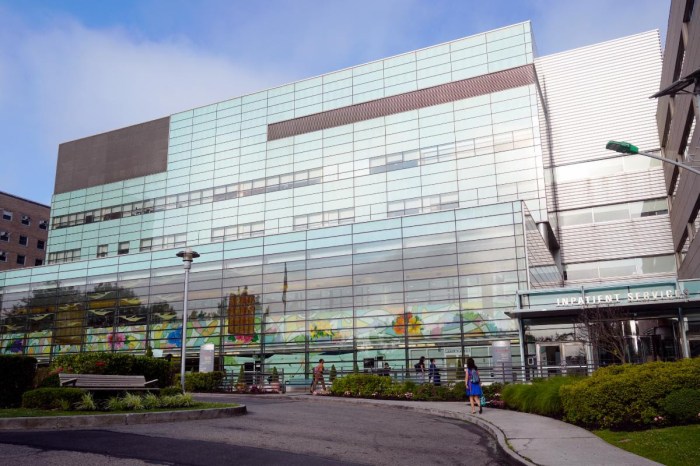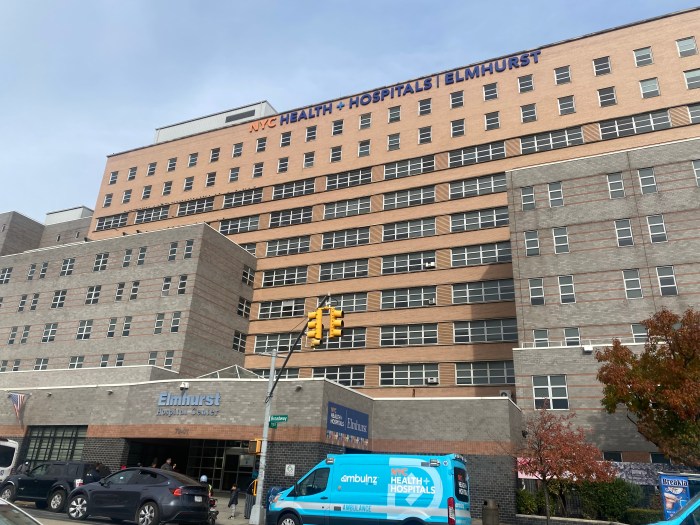A group of dedicated parents and former patients is seeking to raise awareness of a mysterious illness that comes on suddenly, usually strikes the very young and causes a host of unusual symptoms that can make a child miserable.
Kawasaki Disease (KD) is a little-known illness that can lead to permanent heart damage or even take a young life if not diagnosed and treated in a timely manner.
Awareness of KD symptoms on the part of parents, prompt diagnosis and early treatment can save lives and prevent future health problems. To that end, the Kawasaki Disease Foundation has declared January 26, 2011 the first annual National Kawasaki Disease Awareness Day.
“We chose this date because on January 26, 1961, Dr. Tomisaku Kawasaki of Japan had his ‘aha’ moment when he saw his second patient with the telltale signs of what would later be named Kawasaki Disease,” said Greg Chin, president of the Kawasaki Disease Foundation. “Fifty years later, we know that KD is the number one cause of acquired heart disease in children.”
The doctor noted that early diagnosis and treatment can help prevent complications.
“That’s why we want parents to recognize the signs of KD and take their child to the doctor immediately if he or she has persistent fever and other symptoms,” said Chin, whose son had the disease, but fully recovered.
Kawasaki Disease involves an inflammation of blood vessels throughout the body. More than 80 percent of patients are under the age of five, although older children and teenagers can also get KD. The hallmark of the disease is a fever that lasts for several days. Other early signs include a rash (often worse in the groin area); very red eyes, without drainage or crusting; bright red, swollen, cracked lips; “strawberry tongue,” which appears with shiny bright red spots after the top coating sloughs off; swollen hands and feet; redness of the palms and soles of the feet; and swollen lymph nodes in the neck. The disease makes most children extremely irritable.
“Unfortunately, untreated Kawasaki Disease can cause serious problems later in life,” said Jane C. Burns, M.D., director of the Kawasaki Disease Research Center at Rady Children’s Hospital and the University of California San Diego. The research center began an adult Kawasaki Disease study in 2009 to address a surprising number of reported cases of young adults suffering heart attacks in their early 20s and 30s as a result of missed or untreated KD. The disease is most often misdiagnosed or overlooked in infants and teenagers, but it can be missed in young children as well.
Children are hospitalized and receive an intravenous treatment called gamma globulin, a product containing antibodies that comes from donor blood. The goal is to provide the treatment within 10 days of developing KD.
National Kawasaki Disease Awareness Day is being promoted with a grassroots effort by parent support groups for KD patients and their families in cities throughout the United States. Leaders are spreading the word via a Facebook campaign and the KD Foundation web site, and they are asking Congress to approve an official resolution to recognize the date.
Uma O’Donnell of Manhasset, Long Island, said when her son Nick came down with Kawasaki Disease at age 5, eight doctors failed to make the correct diagnosis. Although it was 10 years ago and her son is now in good health, she said it was a nightmare she and her husband, Vincent, will never forget.
“It was horrific for the whole family,” she said.
O’Donnell, trained as a respiratory therapist, said she knew something was terribly wrong with Nick, yet her son’s pediatrician at the time refused to take her seriously. Despite Nick’s unrelenting fever and numerous symptoms pointing to KD, she said the pediatrician dismissed his illness as a virus that would run its course.
As his symptoms got worse, the family took him to the emergency room connected to a local children’s hospital every day for almost a week, where several physicians also said he had a virus and sent him home. Finally, O’Donnell was referred to a Great Neck pediatrician, who made the correct diagnosis. Her son was hospitalized and received the intravenous treatment for KD 10 days after his symptoms began, and he finally started to recover.
More than 5,500 children were hospitalized in the United States for Kawasaki Disease in 2006, the most recent year for which statistics were available from the Centers for Disease Control. But the number is probably higher, according to Dr. Burns, because it did not include all hospitals nationwide and some cases are never diagnosed. Children of all races and ethnicities are affected. Without treatment, about 25 percent of children develop heart disease involving the coronary arteries.
Despite several years of research, the cause of KD remains a mystery. At the moment, there is no specific test, such as a blood test or throat culture, to diagnose KD. The doctor makes the diagnosis based on the child’s symptoms, in addition to laboratory tests that show inflammation.
A wealth of information about Kawasaki Disease, including an information packet and newsletter, is available at www.kdfoundation.org.



































